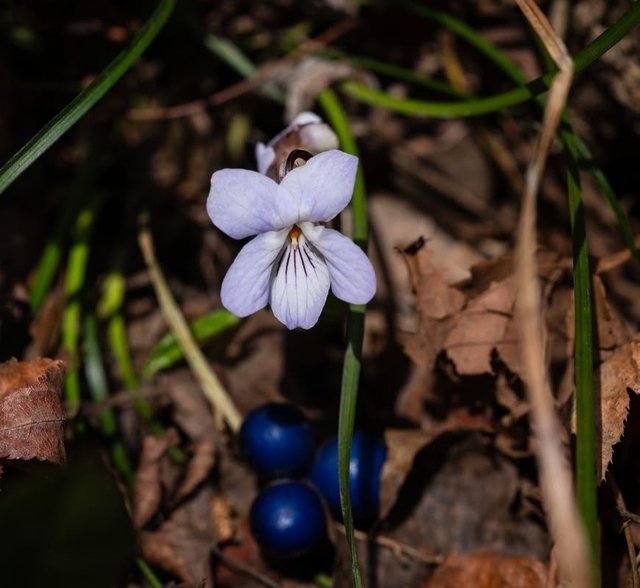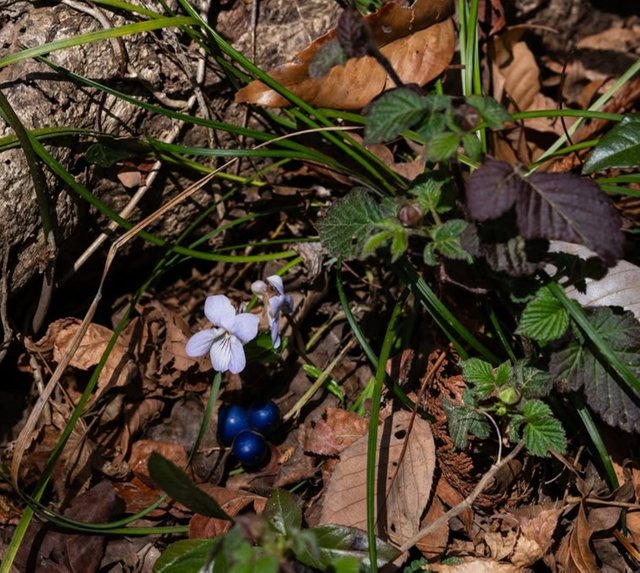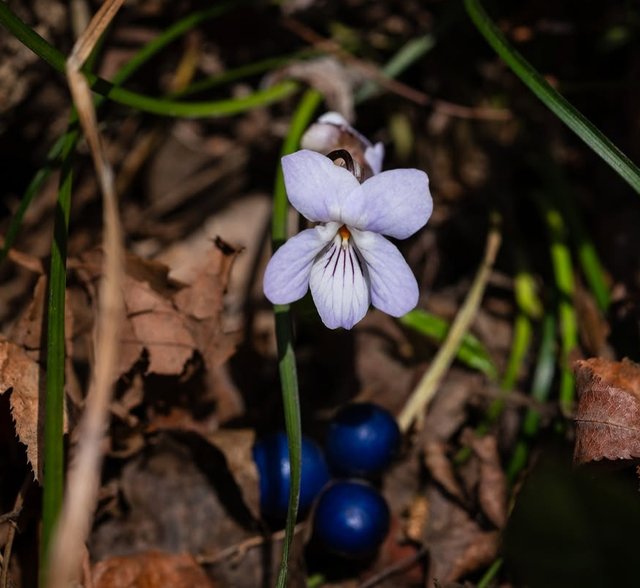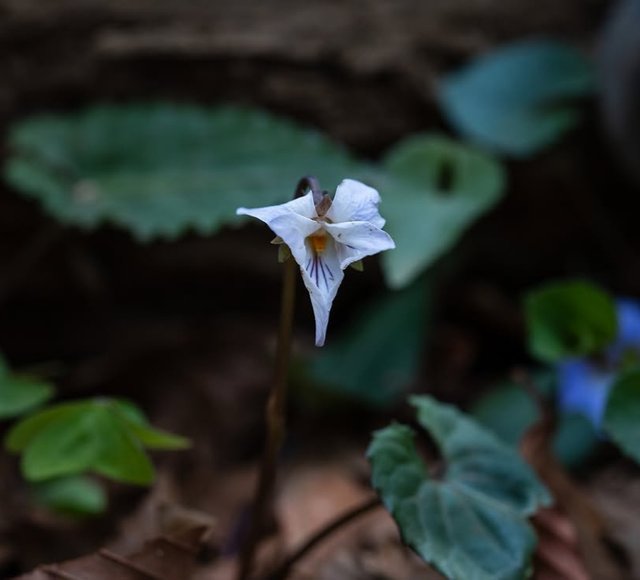So Beautiful Viola Mandshurica Flower
Viola mandshurica: The Resilient and Elegant Wild Violet of East Asia
When we think of violets, images of dainty spring blooms nestled in quiet forest understories often come to mind. Among these, Viola mandshurica stands out not just for its beauty, but for its remarkable adaptability and cultural significance across East Asia. Native to Korea, Japan, northeastern China, and parts of the Russian Far East, Viola mandshurica is a true botanical gem, blending ecological resilience with subtle aesthetic charm.
Botanical Overview
Viola mandshurica, commonly referred to as the Manchurian violet or Korean violet, is a perennial herbaceous plant in the Violaceae family. It is characterized by its striking violet to deep purple flowers, heart-shaped leaves, and a compact growth habit. Unlike some of its more delicate cousins, this species is notably robust, capable of thriving in a variety of environments—from shaded woodlands and grasslands to disturbed urban areas.
Key Features:
Leaves: Ovate to lance-shaped, often with a glossy texture and pronounced venation.
Flowers: Typically 1.5–2 cm in diameter, with five petals; the lower petal usually features a distinct white center with dark purple striations to guide pollinators.
Roots: Rhizomatous, enabling the plant to spread effectively and form dense colonies.
Height: Generally low-growing, around 10–20 cm tall.
Habitat and Distribution
Viola mandshurica has a wide native range, extending through:Eastern Russia Northeastern China
The Korean Peninsula
Much of Japan, where it is particularly common and often naturalized in gardens
This species is adapted to temperate climates and tolerates a range of soil types, though it prefers moist, well-drained soils rich in organic matter. It often grows in partially shaded areas but is notably tolerant of sunlight compared to many woodland violets.
| Device | cannon eos 700D |
|---|---|
| Lens | 55-250 zoom leans |
| Location | Bangladesh |




